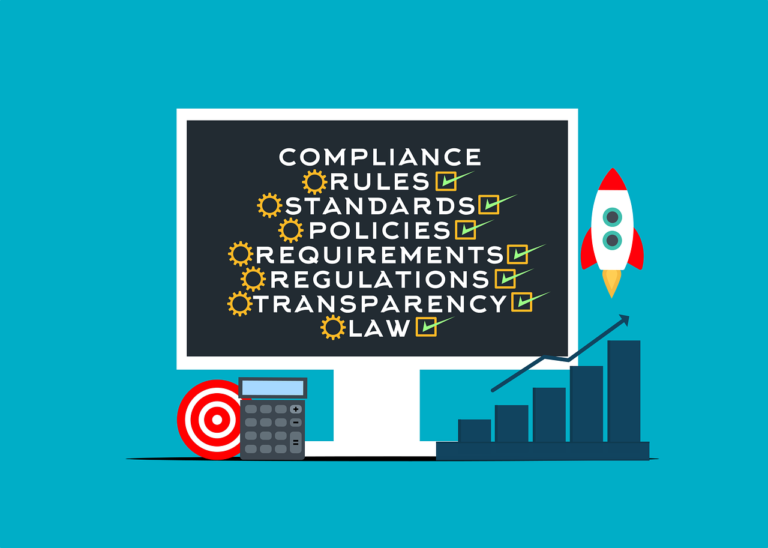4 Effective Strategies for Risk-Based Test Planning
Imagine you’re a captain navigating treacherous waters. To safely reach your destination, you must anticipate and overcome the risks that lie ahead.
The same goes for risk-based test planning. In this article, we’ll explore four effective strategies that will help you identify, prioritize, and execute tests based on potential risks.
By incorporating these strategies into your testing process, you’ll steer clear of pitfalls and ensure the smooth sailing of your software development projects.
Key Takeaways
- Utilize effective risk identification techniques to identify all potential risks.
- Categorize risks based on their potential impact and likelihood of occurrence.
- Define risk thresholds to determine acceptable levels of risk for the project.
- Prioritize high-risk areas and critical functionality in test case execution.
Identify Potential Risks

You should begin by identifying all potential risks that could impact your test planning process. Utilize effective risk identification techniques to ensure that you’re aware of all possible threats. This involves conducting thorough analysis and brainstorming sessions to identify any potential risks that could hinder the success of your testing efforts.
Risk identification techniques include conducting interviews with stakeholders, reviewing historical data, and analyzing similar projects or processes. Once you have identified the risks, it’s crucial to develop effective risk mitigation strategies. These strategies aim to minimize the impact of risks and ensure the smooth progress of your test planning process.
Some common risk mitigation strategies include contingency planning, implementing preventive measures, and allocating resources effectively. By identifying potential risks and employing appropriate risk mitigation strategies, you can enhance the effectiveness and efficiency of your test planning process.
Prioritize Risks for Testing
To prioritize risks for testing, begin by categorizing them based on their potential impact and likelihood of occurrence. This will help you determine which risks should be addressed first.
Here are three sub-lists to guide you in prioritizing risks:
- High Impact, High Likelihood: These are the risks that have the potential to cause significant harm and are highly likely to occur. Focus on these risks first and develop strategies for risk mitigation.
- High Impact, Low Likelihood: These risks may not occur frequently, but if they do, they can have a significant impact. Assess the likelihood of these risks and develop contingency plans to address them if they arise.
- Low Impact, High Likelihood: While these risks may not have a major impact, they’re likely to occur frequently. Consider automating tests or implementing preventive measures to minimize their impact.
Develop Risk-Based Test Plan
To develop a risk-based test plan, consider incorporating the prioritized risks identified in the previous subtopic and determine the appropriate testing strategies for each risk.
Start by defining risk thresholds, which will help you determine the level of risk that’s acceptable for your project. This will allow you to prioritize your testing efforts and allocate resources accordingly.
Once you have defined the risk thresholds, you can then incorporate risk mitigation measures into your test plan. These measures can include steps to address the identified risks, such as implementing controls or contingency plans.
Execute Risk-Based Testing
After developing a risk-based test plan, it’s now time to execute risk-based testing. This crucial phase ensures that you validate the identified risks and assess their impact on the system under test.
Here are some effective risk-based test execution strategies:
- Prioritize test cases: Focus on high-risk areas and critical functionality first to maximize test coverage.
- Use risk mitigation techniques: Implement risk control measures, such as boundary value analysis or error guessing, to minimize potential impacts.
- Perform exploratory testing: Uncover unforeseen risks and validate the system’s behavior in real-time scenarios.
By following these risk-based test execution strategies, you can efficiently allocate resources, identify critical defects, and ensure that the system meets the required quality standards.
Conclusion
So there you have it! By identifying potential risks, prioritizing them for testing, developing a risk-based test plan, and executing risk-based testing, you can effectively manage and mitigate risks in your testing process.
Remember, Rome wasn’t built in a day, and neither is a successful testing strategy. But with these strategies in place, you’ll be well on your way to ensuring a smoother and more reliable testing process.






